LET’S WORK TOGETHER TO STOP CRIME

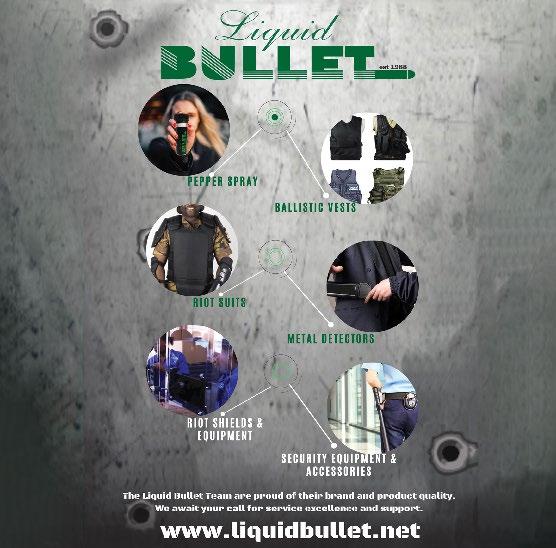
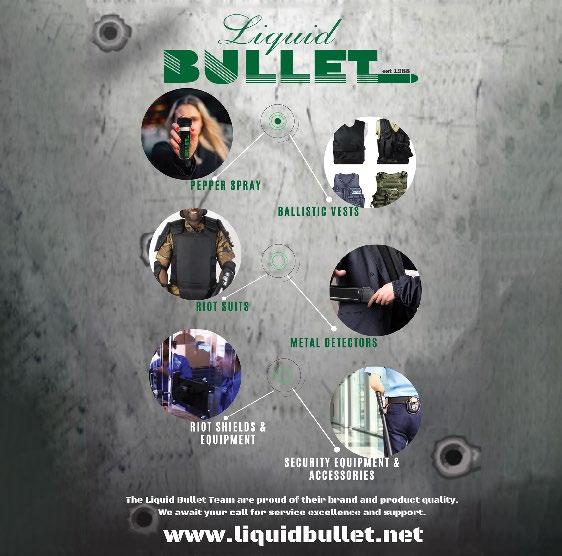
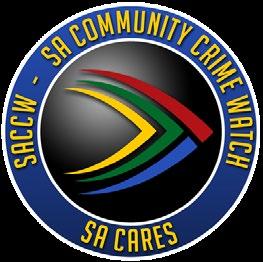
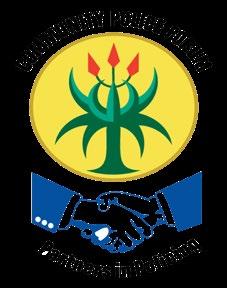

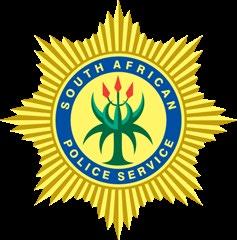

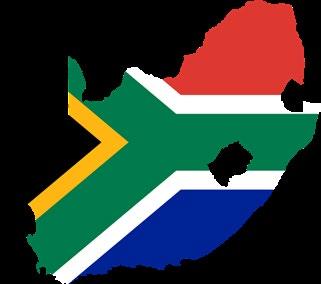






















Human trafficking is a global problem, affecting millions of people each year. It is often associated with organized crime and involves a complex network of individuals and groups, that create a multi – billion-dollar industry.
After much indifference and neglect, society and public have become aware of this modern form of slavery, wherein human beings are traded and exploited for a profit.This includes the exploitation of people for labour, commercial sex, or sexual slavery. Victims of human trafficking are often coerced,
forced or frauded, lured or recruited through false promises of good jobs, education, or a better life.They may be kidnapped or abducted, or they may be coerced into trafficking by someone they know, such as a family member, friend, or intimate partner. Although the term trafficking is more commonly used, it may be misleading as the term places emphasis on the transactional aspects of the crime, rather a more suitable description of the crime would be enslavement due to the exploitative nature thereof. Human trafficking is a human rights violation that transcends all races, social classes, demographics, and genders, withno population being exempt from this ever-present threat.
Although no population is exempt from human trafficking, the 2022 published global report on trafficking in persons, produced by the United Nations focuses on statistics from 2020 and states that female victims continue to be at a higher risk as the primary target of human trafficking, with women over the age of 18 making up 46% and girls under the age of 18 making up 19% of victims. Further statistics indicate that the share of child victims have tripled in the last 15 years, with one in every three victims detected as a child under the age of 18. Additionally, the share of boys under the age of 18 has also increased by 5 times over the past 15 years.

The United Nations also explains that Human trafficking takes various forms. These include exploitation in the sex, entertainment and hospitality industries, and as domestic workers or in forced marriages. Further forms of Human trafficking explained by The United Nations sees forced organ removal at 0.2%, illegal adoption at 0.3%, exploitative begging at 0.7%, forced marriages (including child marriages) at 0.9%, forced criminal activity at 10.2%, mixed forms of exploitation at 10.3%, and sexual exploitation and forced labour both at 38.7%.
When we hear about human trafficking, we often forget to note the role that technology plays. In our modern society, human traffickers have found numerous ways to integrate technology into their “business” at every stage, from recruitment to exploitation. In terms of children, many traffickers utilise social media to target their victims and use the strategy of “hunting” to actively pursue them. Another strategy used is that of “fishing” wherein traffickers advertise jobs, education or better futures and wait for the response from victims, contrasting hunting that actively targets a certain individual, fishing allows the traffickers to choose victims most suited for their needs. The misuse of technology sees not only the actual human trafficking, but also the laundering and transference of illicit profits.

In South Africa, based on 2018 statistics, it is estimated that out of a population of approximately 56 million people, 155,000 human beings have fallen victim to human trafficking or modern slavery with this number increasing. This in turn leaves South Africa with a vulnerability to modern slavery of 53.76/100 based on the Global Slavery Index.
Human trafficking is a complex and multifaceted issue that requires a coordinated effort from various stakeholders, including governments, law enforcement agencies, non-governmental organizations (NGOs), and individuals.
• Raise awareness: Educate yourself and others about the issue of human trafficking. Share information on social media, participate in awareness campaigns, and attend events that raise awareness.
• Address root causes: Poverty, lack of education, and political instability are some of the underlying factors that contribute to human trafficking. Addressing these root causes can help prevent trafficking from occurring in the first place.
• Strengthen laws and policies: Governments should enact and enforce laws and policies that criminalize human trafficking and provide support for victims. Law enforcement agencies should also be trained to identify and investigate cases of human trafficking.
• Provide support for victims: Victims of human trafficking need access to healthcare, legal support, and other services to help them recover from the trauma they have experienced. NGOs and other organizations can provide these services.
• Address demand: Human trafficking exists because there is demand for it. Addressing the demand for exploitative labour and sex can help reduce human trafficking.
• Collaborate: Addressing human trafficking requires collaboration between governments, NGOs, and other stakeholders. By working together, we can develop more effective strategies to combat trafficking.
• Hold perpetrators accountable: Those who engage in human trafficking should be held accountable for their actions. This includes not only traffickers but also those who purchase or exploit the victims of trafficking.
• The usage of technology: Technology may be used to investigations (with social media being regarded as a powerful tool), enhancing prosecutions, raising awareness, and providing services to victims.

• Knowing the signs: By understanding what human trafficking is and knowing the signs thereof, we can protect ourselves. This can be done by ensuring adequate research is done on job offers, education offers, chances at a better life etc…
These steps are not exhaustive, but they are a starting point for addressing the issue of human trafficking. As by raising awareness, providing support for survivors, enforcing existing laws, we can work together to combat this violation that is human trafficking.









































King Price Xtreme rider Clint Seller has been riding on 2 wheels since he was 3 years old. Of course, today his superbike is vastly more powerful (and dangerous) than the scooter of way back when. This makes Seller acutely aware of the risks involved in racing and riding a motorbike on the highways and byways of South African roads.
The stats certainly make for grim reading. On the Eastern Cape roads alone, the death toll more than doubled from last year’s figures during the Easter long weekend. Reasons for this ranged from bad driver behaviour, drunken driving, speeding, and fatigue.
There’s no easy way to put it… Our roads have turned into war zones. And it’s especially motorcyclists who are at risk, as many motorists simply aren’t aware of them.
So, what can be done to change this? We sat down with Clint to pick his brain and get his expert advice when it comes to safety tips for both motorists and motorcyclists.
TIPS FOR MOTORISTS:
• Double-check your blind spots: Motorbikes can easily disappear in a vehicle’s blind spot. Make a habit of checking your blind spots twice before changing lanes or merging to avoid hitting a motorcyclist. Adjust your mirrors correctly and consider installing blind spot mirrors to provide an even better view.
• Keep a safe distance: Maintain a safe following distance behind motorbikes, as they can stop more abruptly than cars. This will
give you enough time to react if the motorcyclist needs to stop suddenly. In my experience, you should try to keep a distance of approximately 4 seconds before coming to a complete stop.
• Be vigilant at intersections: Intersections are dangerous for cars and bikes alike. Always check twice before crossing an intersection. Take an extra look just to quickly scan the road for smaller vehicles like motorbikes and cyclists.
• Use your indicators: Communicate your intentions by using your turn signals, allowing motorcyclists to anticipate your actions and adjust their riding accordingly. Be consistent and give ample notice before making a turn or changing lanes, so others on the road have time to react.
• Be aware of weather conditions: Rain, fog, and other adverse weather conditions can make it harder to see motorbikes. Adjust your driving by slowing down, turning on your headlights, and giving riders extra space. Remember that wet roads can be slippery for both cars and motorbikes.
• Be visible: Wear brightly coloured clothing and use reflective materials to increase your visibility. Make sure your headlights are functioning correctly and always use them, even during the day. Position yourself in the lane where you’re most visible to other drivers, avoiding blind spots and staying out of their direct path.

• Ride defensively: Anticipate potential hazards and be prepared to react. Assume other drivers may not see you and position yourself
in the safest place on the road. Stay alert to your surroundings, scanning the road for potential obstacles like potholes, and be ready to take evasive action if necessary.
• Signal your intentions: Use your turn signals and hand signals to communicate your intentions to other drivers. Clearly indicate your intentions well in advance, giving other drivers time to react to your actions.
• Wear protective gear: Invest in a high-quality helmet, gloves, boots, and other protective clothing to minimise the risk of injury in case of an accident. Always wear your helmet. Where possible, choose gear with built-in armour or padding for added protection and ensure it fits properly for maximum effectiveness.
• Take a safety course: Participate in a motorbike safety course to improve your riding skills and learn advanced techniques for handling hazardous situations. Regularly refresh your knowledge and skills, as this will help you stay sharp on the road and equip you to handle challenging situations.

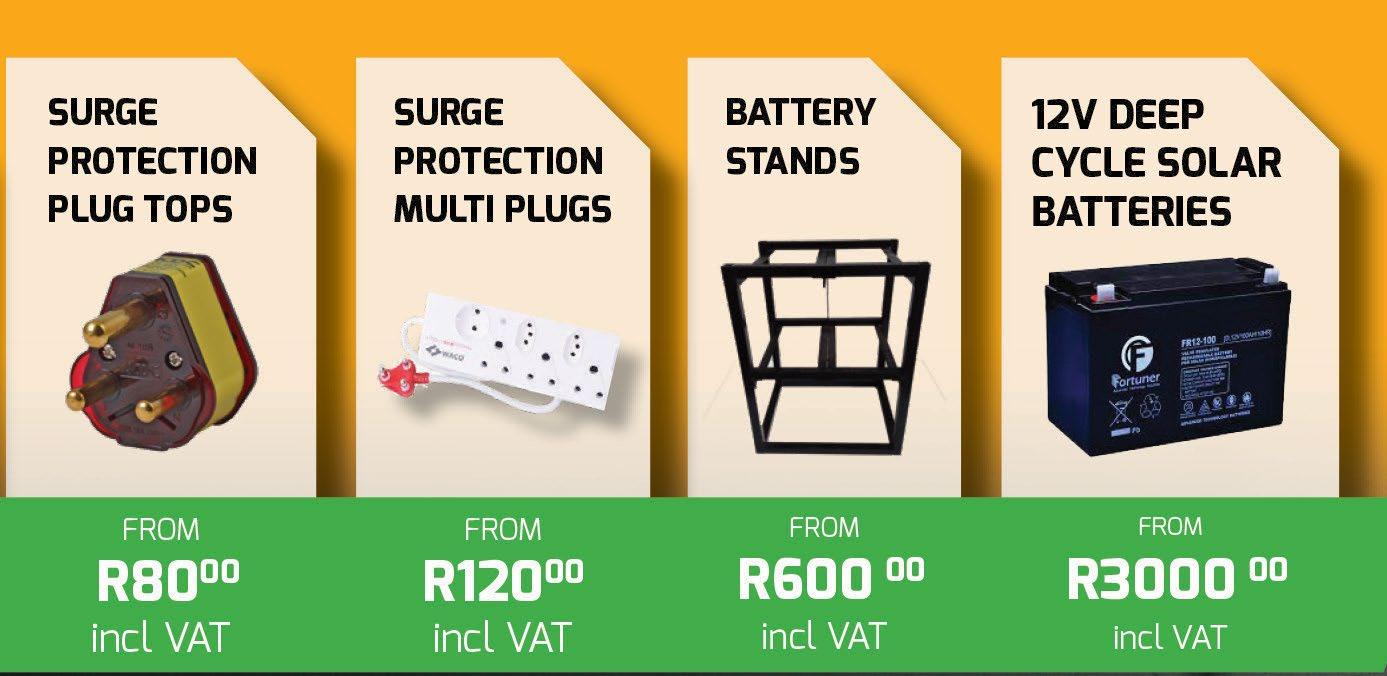



https://dailyinvestor.com/energy/17700/eskoms-useless-plan-to-end-load-shedding/
Eskom continues to punt increasing its energy availability factor (EAF) to 70% to end load-shedding but has already missed its first target by a country mile.
In its press briefing today, Eskom generation head Bheki Nxumalo said they are implementing a Generation Operational Recovery Programme to sustainably recover the performance of the plants.
As part of the programme, Eskom is guarding the performance of its flagship power stations – Medupi, Lethabo, Matimba, Kusile, Matla, and Kendal.
It also plans to embed principles of operational excellence, address the skills gap, prevent outage slips, and return Kusile units 1 to 3 by December 2023.
Through this programme, Eskom planned to reach a 60% EAF by March 2023 and improve it to 65% by March 2024 and 70% by March 2025.
“Several enablers are being implemented to ensure that the Generation Recovery Programme is successful,” Nxumalo said.
He added that they are placing experienced power station managers in problematic stations to improve their EAF.
While the programme and goals are commendable, it is not worth the paper it is written on without proper execution and skilled employees to improve power plant performance.
To date, there are no signs that Eskom’s Generation Operation Recovery Programme is improving the EAF.
At the start of April, Eskom’s generation availability statistics for 2023 revealed that the power utility’s EAF was 53.03%.
There were no signs of significant improvements, and Eskom was far away from its March 2023 target of 60%.

Energy experts Anton Eberhard and Chris Yelland have previously said these targets are misguided and unrealistic.
Eberhard, a professor at the University of Cape Town, said it is very hard to turn the EAF around without more spare generation capacity.
“It is mathematically impossible for this to happen in the 2023/2024 or 2024/2025 financial years,” Yelland said.
Yelland said the EAF for the first fifteen weeks of the year is showing an alarming trend.
“It is 7% lower than the EAF for the same period last year. Things are significantly worse this year, and I don’t see an end to this,” he said.
Energy analyst Chris Yelland explained that the energy availability factor is on a declining downward trend, which has been so for the past five years.
The EAF is based on the average performance of 90 generators in Eskom’s electricity generation fleet. “You cannot maintain or fix them simultaneously,” he said.
What this means, mathematically, is that the EAF is a continuum. There cannot be a discontinuity – also known as a step change – in the EAF trend.
“To increase Eskom’s EAF, there must first be a slowdown. It then has to bottom out, stabilise, and start to rise. This process will take several years,” he said.
Yelland said in his last days as Eskom COO at the end of April 2023, Jan Oberholzer said the targets were unrealistic, and Eskom would be lucky to achieve an EAF of 60% for FY 2023/24.

“The data suggests Eskom would, in fact, be lucky to achieve an EAF of 55% this year,” he added.
The chart below, courtesy of Yelland and EE Business Intelligence, shows Eskom’s EAF for the first 18 weeks of the 2023 calendar year in grey.



ay this story give you the hope and inspiration you need to believe that there is life after abuse.
I am Zen Williams, the founder of RISE. I am a survivor or narcissistic abuse, domestic violence and revenge porn.


My story as a survivor in a nutshell.
I hope this offers someone, anyone hope to carry on no matter what.
2013 - The emotional abuse started.
2014 - The physical abuse, gaslighting and mental abuse began.
2015 - The abuse escalated and the attacks became more frequent, I thought I was losing my mind. I tried to leave several times.
I also lost my job due to the abuse, I was not showing up for work, I was not working efficiently and I was exhausted. I tried to find other employment but I was broken and lost faith in my abilities.
At this point, I was not only dealing with my abuser but all the people he enabled to perpetrate more abuse against me. He effectively turned them against me by sharing intimate information about me and by manufacturing 99% lies. He also told people I was part of financial scams. What I really was doing was selling my own goods to survive.
The people around me thought I was doing this to myself because I wanted attention. This continued for years and stopped in 2020 when I started enforcing my rights legally.
I turned to substances. Substances helped me cope. It brought me up and the drinking levelled me out. By 2016 I was a full blown coc@in addict. It helped, I won’t lie. (I don’t recommend this to anyone, so please don’t use this as an option to kill the pain)
I knew it was wrong but it was the only thing to stop the depression and the constant crying.
I also figured it may just be the way out because I cursed the existence of a new day. Waking up for me, was like reliving the nightmare daily.
2016 (Feb) - I finally escaped but the cyberstalking, harassment and bullying only just began.
2016 (June) - I found the website he authored about me which included revenge porn. I did not deal with this well and struggled mentally and emotionally. It destroyed me.
2018 (Dec) - I fled my city to escape the abuse, stalking, harassment and intimidation.
I tried to open several police cases. Law enforcement had no idea help to help me.
2017-2019 - was the worst 3 years of my life. I lost friends, family, my children, my dog, accommodation, my car, my credit record, my self worth, my courage and my strength. I wanted to die. I would beg God everyday to let me die.
2020 (March) - I decided enough was enough and I picked myself up with the help of my current husband and decided to fight back and begin healing. I stopped all substances. I did not go to a rehab centre and I didn’t follow the 12 step program. I decided it was over.
I made the choice. I still had substances with me during lock down but it was there so I didn’t “crave” and go buy more. 8 months later I flushed it down the toilet without using any.
2020 (May) I opened criminal charges against my abusers.
2020 (Nov) I opened the RISE organisation, got my children back, found my purpose, continued my healing journey, and began to feel that I had a chance in this world again.
2021 - I became stronger and more confident. I still didn’t leave the house though.
2022 - I made my first friend since 2013, I trust her. She is my bestie.
2022 - I signed up for a family mediation course and doing well. I am a divorce and family mediator but still need to be accredited.
I am strong, I am confident, I am still healing, I am slowly regaining trust in humanity but i still have bad days. I still don’t leave the house and I am still terrified of people.
Update: The National Prosecuting Authority declined to prosecute my case which is why we are moving in for a private prosecution. It will take a long time to accumulate funds but we will continue to try. Cybercrime in South Africa has never been successfully
prosecuted (not this kind of cybercrime anyway)
Lastly, I would not have made my way though this cess pool of chaos and abuse without my husband and my newly established support structure through RISE. The people I have built relationships with on this journey have been nothing less than phenomenal. Thank you for your continued support, your validation and your help to get through the hardest time of my life. I am so grateful to all of you.
I will continue to try, continue to heal and continue to be of service to victims and survivors. This is my life purpose!
You can do this. It’s difficult, but don’t give up even when you feel you can’t anymore.
We all deserve a second chance at life.
Zen Williams Founder of RISEWhen I think of South Africa I’m reminded of the poem of the Ancient mariner the famous lines “Water Water everywhere and not a drop to drink” It speaks of hopelessness.
In South Africa the poem will read Crime, crime everywhere and no solution in sight. Maybe the more accurate saying should be instead of Rome burned as Nero fiddled its South Africa burns as the politicians fiddle and line their pockets.
This month we have had the Russian arms saga, did we supply or did Russia supply us-why they would supply us with arms when we have no need of that and when they are busy fighting in a costly war of their own is beyond me. Also coming to light the millions the government has spent on housing for members of parliament, more botched tender news etc
Rampant crime, rolling blackouts, mass unemployment, and there is not enough money to address the issues. Murders remain unsolved police vehicles are in drastic need of repair and people have no respect for the rule of law. It doesn’t matter

if its driving like there is not tomorrow or shoplifiting in Checkers, beggars on every street corner and it seems that everything is getting worse day by day.

We need a solution and fast.
A political solution is need but a fundamental change in the way we think and act is also needed.

I was lucky enough to be invited to a church meeting to address the aftermath of the floods in KZN. An established church has taken it upon themselves to build a 4 bed house for a family of 8 that has lost everything. What has been really encouraging to see is how many organisations have offered services and supplies at no cost, to assist this family. The church purchased the land from the tribal chief and started to build this house. It has snowballed from there. So even in the dark days of loadshedding with many businesses closing their doors people are willing to help.
So there is hope after all. Maybe you can help with things like this in your community
MARTYN SMITHERS